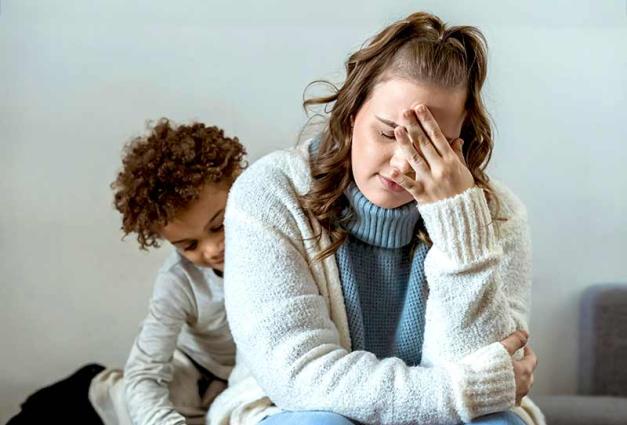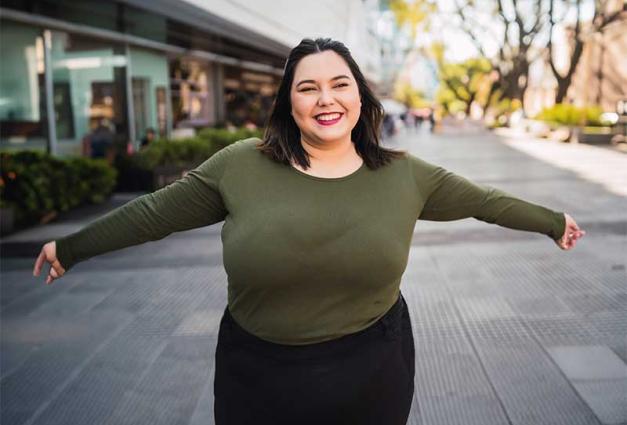After years of use-of-force policies disproportionately impacting Black and Brown communities, outrage in response to racist policing reached a fever pitch in the summer of 2020 and spilled out onto the streets of American cities. Last summer, Black Lives Matter protests garnered more support from people of all races, both inside and outside of the United States, than ever previously witnessed. Given that racism itself is not new, this led us to question what factors motivate moral outrage in response to police violence against Black and Brown people.
In trying to untangle this complex question, we note that the protests of summer 2020 were largely linked to the deaths of Black men at the hands of police. In contrast, the comparable stories of Black women like Michelle Cusseaux, Priscilla Slater, and Atatiana Jefferson, to name only a few, never seemed to consume mainstream media narratives in the same way as the murder of Black men. Although there are many ways in which each instance of police violence is different and could explain the public’s discrepant attention from one case to the next, we suspected that one key factor may be how sexism and racism intertwine to influence perceptions of Black women victims of police violence.
Intersectional Invisibility
The idea that Black women victims of police violence are underacknowledged is not new. Kimberlé Crenshaw, a lawyer and legal scholar, has long argued that Black women suffer a sort of intersectional invisibility. Crenshaw noted that Black women, unlike Black men and White women, are marginalized in terms of both their race and gender. Yet, when people are asked to think of a target of sexism, they often report thinking of a White woman, and when people are asked to think of a target of racism, they often report thinking of a Black man. As a result, the sexism experienced by Black women may receive less attention than that experienced by White women; and, the racism experienced by Black women may receive less attention than that experienced by Black men.
Although there are many implications of this social invisibility, the #SayHerName movement, also initiated by Crenshaw, has served as a mechanism to understand, and work to address, the relative lack of attention given to Black women victims of police violence. In our research, we reasoned that if Black women are not perceived to be prototypical victims of sexism, then sexist belief systems might be less likely to be applied to Black (compared to White) women. In some cases, this may mean that Black women are less likely to be afforded the physical protection that can often come with perceptions of femininity.
The Role of Benevolent Sexism
One well-researched sexist belief system, called benevolent sexism, involves perceiving women as nurturing, caregivers, and fragile. Although this type of sexism can lead to many negative outcomes for women, such as the punishment of career women who are perceived as not fitting this mold, this type of sexism may also afford physical protection to some women. We reasoned that if benevolent sexism leads people to perceive women as fragile and, thus, in need of protection, then people high in benevolent sexism may also be more distressed when a White woman is harmed. However, because Black women are not perceived to be the prototypical target of sexism, Black women may also be less likely to be afforded the physical protection that accompanies being targeted by benevolent sexism.
To test these ideas, we prepared a police report of an ostensibly real officer-civilian encounter in which the officer is seeking a suspect who had been described either as a “twenty-something Black female” or a “twenty-something White female.” The officer, seeing a person who matches this description, approaches the woman. A struggle ensues and the officer ultimately ends up shooting the woman. Among a large, representative sample of online participants who read one of these versions, we found that those who reported more benevolent sexism thought the White woman suspect was more feminine; notably, this association between benevolent sexism and perceived femininity of the woman victim did not hold when the woman was Black. Perceived femininity, in turn, predicted perceptions that the suspect felt more pain and was less blameworthy for the situation, and perceptions that the officer’s use of force was less justified. These findings suggest that for benevolently sexist people, White women, but not Black women, are perceived as needing protection—making police violence against White women seem less justifiable.
Our work is part of only initial steps (#SayHerName) that are being taken to shine a light on the ways that identities, such as race and gender, intertwine to shape public responses to violent interactions with police. More work is needed to understand other forms of violence, such as civilian violence, against both Black women and Black trans women—especially because Black trans women are particularly vulnerable to violent hate crimes.
As a nation, we have now passed the anniversary of Breonna Taylor’s murder. Breonna was a Black woman who, unlike many other Black women who have experienced police violence, received media attention. Despite this attention, however, the legal policies, such as no-knock warrants (although they are now banned in Louisville, but not the rest of Kentucky), and police officers responsible for her murder, remain unaccounted for; and many may not have realized that this horrific anniversary recently passed. Although the vigor of the anti-racism protests this past summer was encouraging; we must continue to confront why only some lives are treated as worthy of protection.
For Further Reading
Brown-Iannuzzi, J. L., Cooley, E., Cipolli, W., & Mehta, S. (2021). Race, ambivalent sexism, and perceptions of situations when police shoot Black women. Social Psychological and Personality Science, https://doi.org/10.1177/1948550620987659
Edwards, F., Lee, H., & Esposito, M. (2019). Risk of being killed by police use of force in the United States by age, race–ethnicity, and sex. Proceedings of the National Academy of Sciences, 116(34), 16793-16798. https://doi.org/10.1073/pnas.1821204116
McMahon, J. M., & Kahn, K. B. (2016). Benevolent racism? The impact of target race on ambivalent sexism. Group Processes & Intergroup Relations, 19(2), 169-183. https://doi.org/10.1177/1368430215583153
Jazmin Brown-Iannuzzi is an Assistant Professor of Psychology at the University of Virginia. She studies how contexts of inequality influence individuals’ psychological processes.
Erin Cooley is an Associate Professor of Psychological and Brain Sciences at Colgate University who studies intergroup conflict and inequality.
Sarita Mehta is an undergraduate student studying psychology and politics at the University of Virginia. She is interested in exploring how perceptions amongst various social groups are shaped and changed.




